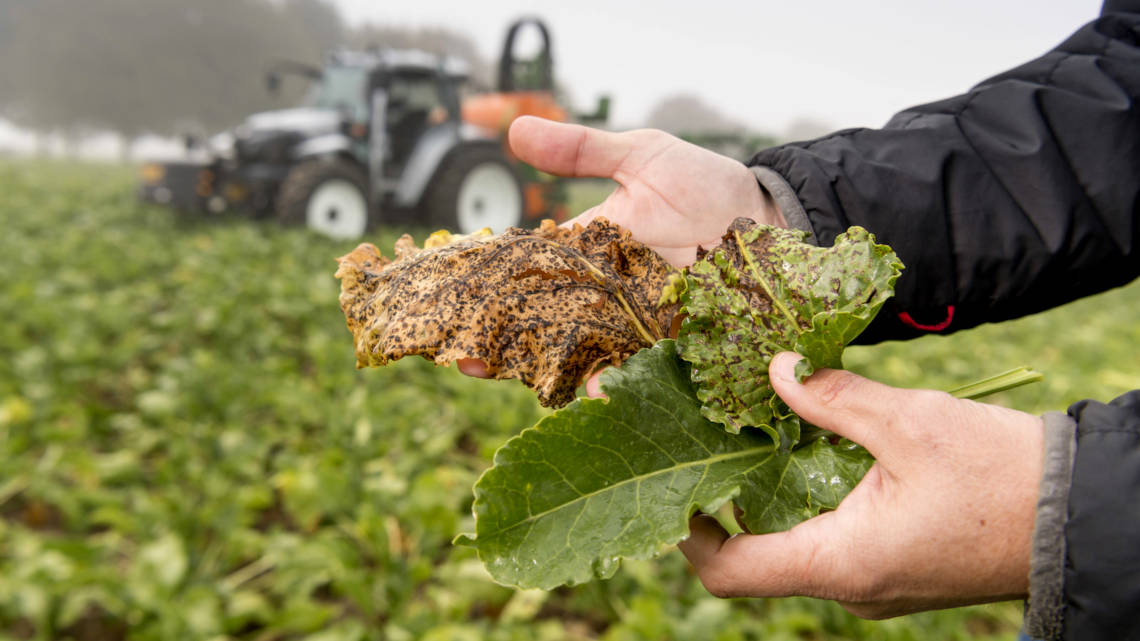Fighting fungi with sensor tech and AI
A research project coordinated by the University of Hohenheim has developed a system that detects fungal infections in the field at an early stage and greatly reduces the use of fungicides.

The aim of the "MartA (Smart Spraying)" project is to identify diseased plants immediately after infestation and treat them with pesticides at the ideal time. Together with the industry partners Bosch and Cubert, the researchers are developing sensors and algorithms that make this possible. The project has already been successful for the sugar beet disease cercospora, and promising progress has also been made against three wheat diseases.
Spectral sensors detect the infestation
The project is based on a simple principle: If a sugar beet plant suffers from the fungal infection Cercospora, its leaves change. Spectral sensors can detect these changes earlier than the human eye, and with appropriate training, computer programs can differentiate whether the change is really caused by an infection or whether it is only caused by drought. The program also recognizes how far advanced the infection is. "In this way we can determine: Are there cases of the disease? How does it develop? How much of the yield will be lost if the farmer does not use spray and how much will he have to spend if he wants to treat the field," explains Simone Graeff-Hönninger from the University of Hohenheim.
Targeted control of spraying vehicles
Based on the sensor data, the software generates a map showing which areas of the field should be treated with fungicides and how intensively - and whether this is economically viable. The data can be transmitted directly to the control system of the spray vehicles. In addition to the farmer, the environment also benefits, because only those areas are sprayed where action is needed, and because the intervention can take place at an early stage, only small doses are usually required. In the future, it would also be conceivable that utility vehicles could analyze the condition of the field and treat infected plants as needed in one step.
Extension to other crops
The researchers have meanwhile advanced the project from the laboratory to the greenhouse to real field conditions. As a second crop, they are testing their approach on wheat, for which three diseases are being evaluated: Septoria, yellow rust and DTR. "To put it simply, each disease shows in a specific brightness of the leaves," explains Helmut Schomburg, project manager at Bosch. "We analyzed these differences with the help of leaf images from so-called spectral cameras. The spectral cameras detect even tiny differences.
The project, funded by the German Federal Ministry of Agriculture with 375,000 euros, will end in October 2019, but the project partners are optimistic that their approach will be transferable to other crops and their diseases in the future.
bl/um


